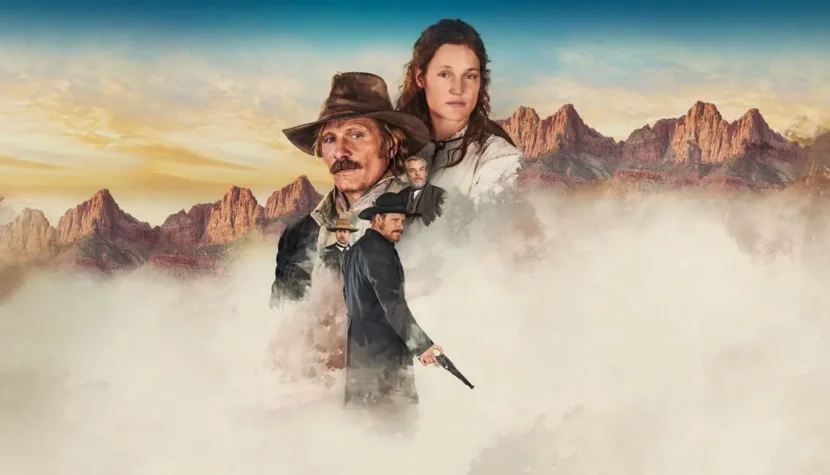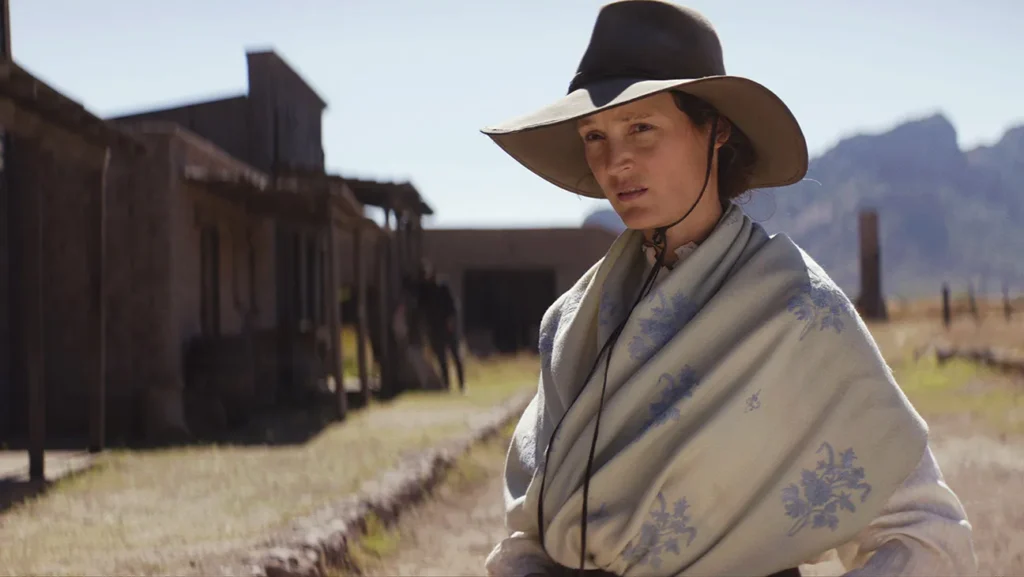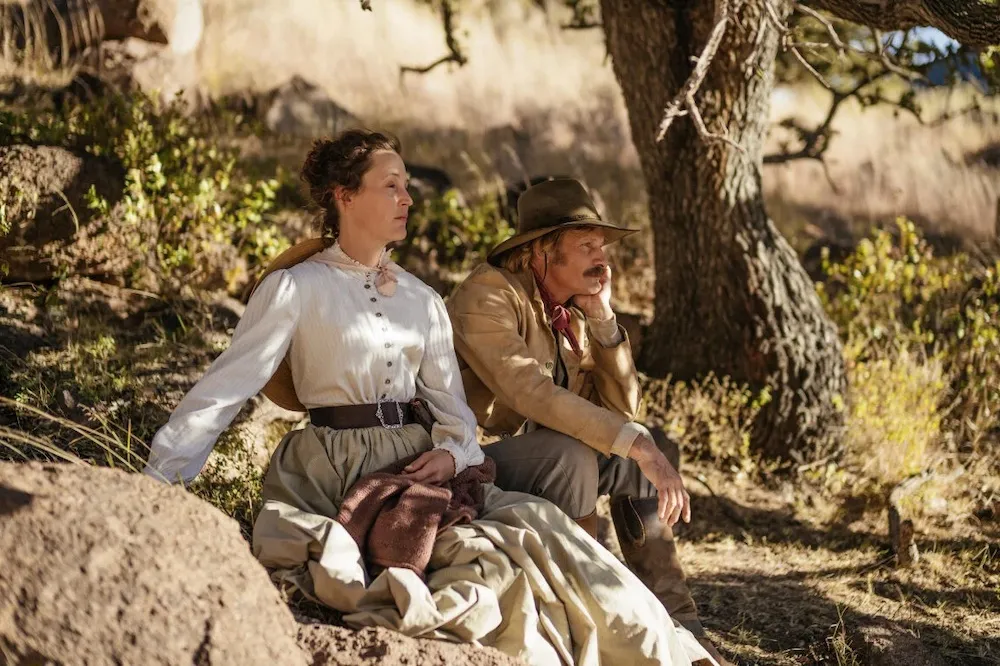THE DEAD DON’T HURT. The Wild West According to Viggo Mortensen [REVIEW]

In 1999, American writer and screenwriter Gail Simone shared her thoughts with the world about how female characters are treated in superhero comics and films. Simone pointed out that a trope known as “fridging” is often applied to female characters in such works. This term refers to female characters being subjected to fictional sexual exploitation and other forms of violence, often leading to their death. According to the writer, comic and film authors do this solely to motivate the male protagonist’s actions, which contributes to the development of sexism in popular culture. Though Viggo Mortensen‘s latest work is not a superhero film, its opening scenes might have upset Gail Simone. The second scene of “The Dead Don’t Hurt” depicts the death of a female character.
Does this, however, mean that Viggo Mortensen, in his second film, is using “fridging” to motivate the actions of the character he plays, Holger Olsen? Not at all! “The Dead Don’t Hurt” is a film that is practically 80% focused on the female character. This is particularly original and bold given that it’s a western, a genre typically associated with male protagonists. In “The Dead Don’t Hurt”, men merely appear, and when they do, they always disrupt Vivienne Le Coudy’s (played phenomenally by Vicky Krieps) vision of the world. Sometimes these disruptions bring a bit of optimism or hope into the main character’s life, but in most cases, they are clearly negative. The death of Vivienne Le Coudy at the beginning of Mortensen’s film is, therefore, a play on these conventions. And there are definitely more of such narrative and stylistic dribbles in “The Dead Don’t Hurt”.

It’s not hard to guess that since the first scenes of the second film by the actor famous for playing Aragorn in the legendary “The Lord of the Rings” series depict the death of the story’s main character, there is some form of non-linear storytelling at play here. The lack of traditional linearity, typical for westerns, is another of Mortensen’s tricks. In the end, this narrative choice works, although one sometimes gets the feeling that all these time jumps unnecessarily complicate and dilute the otherwise beautiful, simple, and emotionally rich story. Perhaps the non-linearity of the plot helped Mortensen weave in interesting fantasy motifs. For instance, the appearance of a medieval knight on horseback at various moments serves as a fairy-tale element—a symbol of security, strength, and independence, but also, as it turns out, a delightful surprise for all “The Lord of the Rings” fans! The knight in “The Dead Don’t Hurt” is armed with the famous Andúril sword.
Another twist in Mortensen’s approach to western conventions is the focus on the role of European immigrants in shaping what is today one of the most powerful countries in the world. The main characters of “The Dead Don’t Hurt” come from France and Denmark, while the Americans are mainly portrayed as corrupt and immoral bandits. Mortensen’s Eurocentrism in this latest western reflects a remarkable awareness, as well as courage, especially since the last major film in this genre dealing with immigrants from the Old Continent was “Heaven’s Gate” (1980) by Michael Cimino, which was “honored” with five Golden Raspberry nominations (and won one for direction). However, the European influence in “The Dead Don’t Hurt” is not only felt through the characters. The film, written, directed, and even scored by Mortensen (he also composed the music for it), is crafted in a very subtle, gentle, calm, atmospheric, and romantic way. These are certainly characteristics of Old Continent cinema rather than the wild, brutal American tradition of revolvers and spurs.

Do all of Mortensen’s narrative twists in “The Dead Don’t Hurt” mean that he has taken up a duel with the legendary, almost sacred genre of the western? That he’s either shot or been shot? No! There’s no duel. No undertaker will come running with a measuring tape to the barely-breathing cowboy, ready to quickly build him a coffin. Despite all its twists and turns, “The Dead Don’t Hurt” remains surprisingly faithful to western traditions. It is, after all, a film born out of a love for saloons, town halls, churches, sand, and tumbleweeds rolling through the landscape, but one that acknowledges a different perspective and other characters who have simply not yet been given their due justice.

